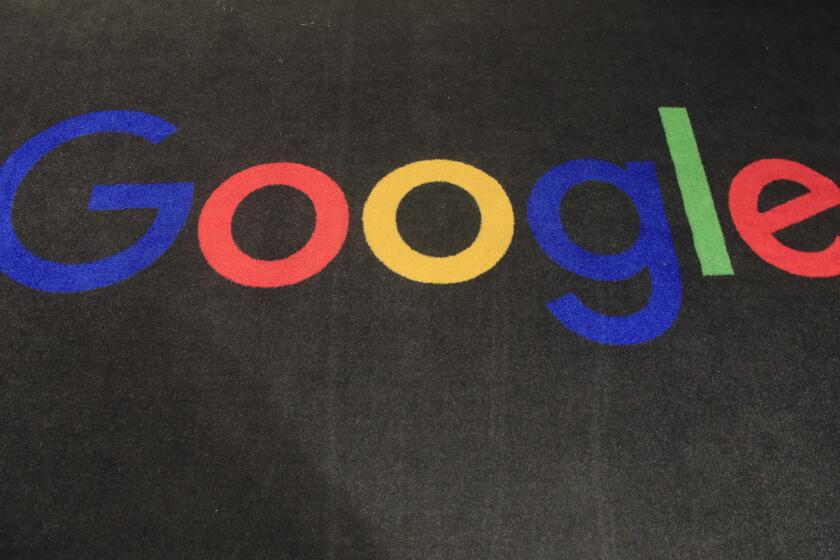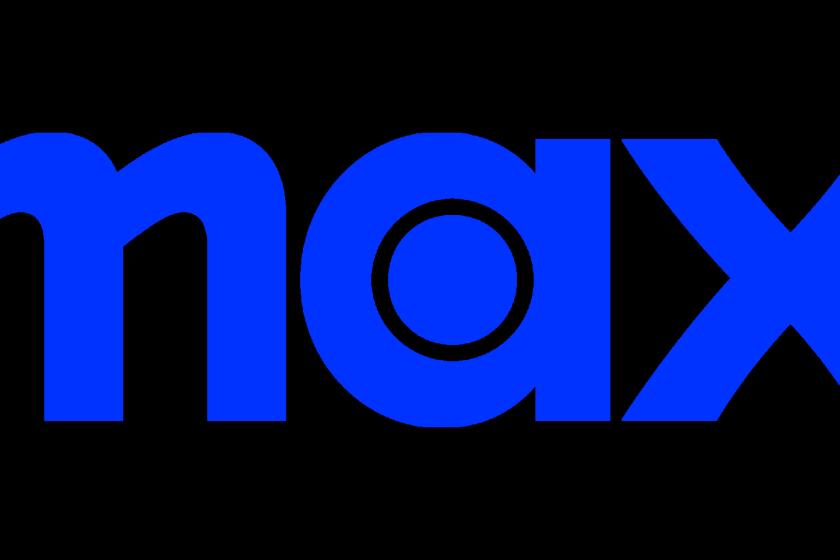Fans Celebrate Fallen Xerox Star
- Share via
PALO ALTO — Everyone knows that the watchwords of Silicon Valley are “new” and “improved.” So why did a standing-room-only crowd of more than 800 gather here last week for a demonstration of a 17-year-old computer system that is no longer being sold and was not much of a commercial hit in the first place?
The answer is that the event was probably the last chance to witness one of computerdom’s legendary machines in action. Introduced in April 1981, the Xerox Star was the company’s most ambitious attempt to commercialize the pioneering design work of its remarkable Palo Alto Research Center, or PARC.
PARC invented graphical user interfaces with windows, icons and point-and-click mouse operations. Its ethernet network formula became the industry standard, and its Bravo word processor was the first to offer “WYSIWYG,” or “what you see is what you get” functionality. (In other words, the document displayed on screen looked exactly as the version printed out on a laser printer--also invented at PARC.)
All those features were packed into the Star, which was formally known as the Xerox 8010 Workstation. The machine also came bundled with high-performance spreadsheet, graphics and e-mail programs so perfectly integrated that it never crashed.
“The Star was a great improvement over most of its successors,” said the demonstration’s moderator, David Liddle, who was head of the Star design team and is now chief executive of Interval Research, a Palo Alto think tank backed by Microsoft co-founder Paul Allen.
His opinion was clearly shared by many in the audience at PARC’s George E. Pake Auditorium. Bursts of applause frequently interrupted the demo as some of the Star’s original designers put it through its paces with the image of its 17-inch display screen projected overhead. Even operations as mundane today as creating a document and inserting a bar chart elicited oohs and aahs of connoisseurship.
The event, billed as “the last live demonstration of the Xerox Star,” was organized by the Mountain View-based Computer Museum History Center to mark the passing of an era. Xerox earlier this year announced it would cease providing technical support to the last few Star customers in this country. (Fuji Xerox will continue marketing a similar machine in Japan, where it is highly valued for its ability to display Japanese kanji characters.)
The announcement goaded several Star aficionados, including some of its creators, into taking a new look at the decommissioned machines they had acquired over the years and stashed like archeological relics in their garages. Out of pieces of several machines they cobbled together two or three units that would run reliably. The software was loaded and to their delight ran flawlessly on the first attempt, like the Volkswagen Bug that roared to life after being buried for 200 years in the Woody Allen movie “Sleeper.”
Yet as Liddle’s remark hinted, the demo carried an unmistakable aura of the bittersweet. The Star today is known more for its influence over such later machines as the Apple Lisa and Macintosh and interfaces such as Windows than for its own performance in the marketplace. Too big, too expensive--in many ways, too good--the Star never fulfilled even a fraction of Xerox’s commercial ambitions. Instead of selling hundreds of thousands of Stars, as was originally expected, Xerox ended up producing only about 30,000.
But it did set a standard for ease of use that has only recently been matched. “The Macintosh caught up a decade later, and Windows took about 15 years,” said Robert Belleville, a Star designer who went on to help design the Mac for Apple.
In fact, some of its features are still not available on commercial products today. The Star was multilingual, with the ability to display and print documents in Russian, French, Spanish and Japanese, among other languages. It was easier to use out of the box than Windows 95, in part because it kept things simple with a small number of standard commands that worked almost identically in all applications.
“It had fewer commands than today’s system, but it didn’t do that by having fewer functions,” said David C. Smith, a Star designer who conducted the hands-on portion of the demo.
Yet the Star also had what Smith conceded were some “legendary weaknesses.” Although it offered the same computing power as Digital Equipment Corp.’s state-of-the-art PDP-11 in a box one-third the size (the Star’s main unit was small enough to slide under a desk), its manifold features put such a strain on the hardware that it ran noticeably slowly. Xerox also followed the industry practice of keeping the system “closed,” meaning that only its engineers could make changes to the software. By comparison, Apple left the Mac “open,” which encouraged the development and sale of myriad independent programs which only enhanced its popularity.
Most damaging of all was the Star’s price--$16,500 for the workstation alone. A full installation, including several computers and a Xerox laser printer all interconnected by ethernet, ran to $250,000 or more. As a result, only months after its introduction, the Star was blindsided by the launch of the IBM personal computer. Compared with the Star, the IBM PC was a feeble machine--no graphics, no integrated programs--but its $2,000 price tag lowered the bar for office systems.
Nevertheless, the machine’s marketing did prefigure the later course of personal computing. As Liddle explained, the Star was the first machine designed not for secretaries and clerks, but their bosses. Xerox had concluded that great advances in office productivity in the 1980s would come from placing the computer’s communicative skills in the hands of professionals. “This was the first product that would give them the ability to do more than type memos,” Liddle said.
And for a time at least, there was nothing remotely like it on the market. When he traveled to Japan in 1982 to launch the Japanese version, Liddle recalled, one Tokyo publication gushed that the Star was as different from all other office machines “as clouds are from mud.”
“I thought, ‘Well, you can’t get any farther apart than that,’ ” he said.
Times staff writer Michael A. Hiltzik is the author of a forthcoming book on the history of Xerox PARC. He can be reached by e-mail at michael.hiltzik@latimes.com.



